-
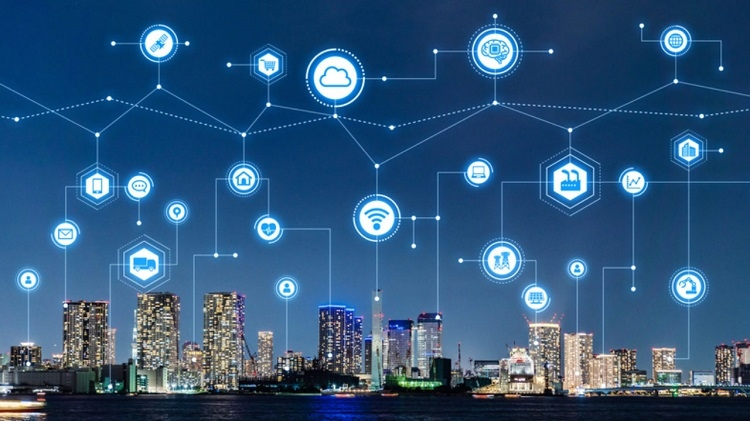 Hyper-connectivity - Key driver for Sustainable Smart cities19/03/2020The number of urban population is expected to increase to 6.7 billion (68% of the total population) by 2050. To accommodate and facilitate such a large number of citizens, the next step of the urbanization is smart cities, where most, if not all, urban issues are solved with technology in order for more convenient and humane living environment. In this regard, the key motivation for a sustainable smart city lies in its hyper-connectivity.
Hyper-connectivity - Key driver for Sustainable Smart cities19/03/2020The number of urban population is expected to increase to 6.7 billion (68% of the total population) by 2050. To accommodate and facilitate such a large number of citizens, the next step of the urbanization is smart cities, where most, if not all, urban issues are solved with technology in order for more convenient and humane living environment. In this regard, the key motivation for a sustainable smart city lies in its hyper-connectivity.
Significance of hyper connection
The continuous rise in urbanization for decades has increased the global urban population from a mere 751 million in 1950 to 4.2 billion in 2018. According to the 2018 Revision of World Urbanization Prospects produced by the Population Division of the UN Department of Economic and Social Affairs (UN DESA), this number is expected to increase to 6.7 billion (68% of the total population) by 2050.
With an urbanization rate of 38.6%, Vietnam currently has around 30 areas nationwide to implement their project of transforming into a smart city, with Ho Chi Minh City (HCMC) at the forefront. Considering that ambition toward smart cities, what can we learn from the movements of the world?
According to new research “Building a Hyperconnected City” developed by economic and urban research consultancy, ESI Thought Lab, and co-sponsored by Oracle, as cities become more interlinked, their ROI (return on investment) grows. Cities are starting to realize returns ranging from $19.6 million for implementers to $40.0 million for advancers and $83 million for hyper-connected leaders.
It can be said that simply being a smart city is not enough. The cities need to transform into hyper-connected urban centers to achieve more significant benefits in the realm of economics, business and social. This also means that city leaders need to have a strategy that revolves around four key pillars of city transformation: technology, data and analytics, cybersecurity, and connected citizens.
Emerging technologies hold great promise for more effective urban solutions. From smart grids, smart waste management to real-time traffic management, disruptive technologies such as AI, IoT and blockchain will enable our future smart cities to become sustainable and inclusive, while operating effectively with a citizen-first approach. Sustainable smart cities enable progress when the integration of technology is directed into a strategic approach to sustainable development (energy efficiency, pollution, resources), the well-being of citizens (healthcare, public safety, social care) and economic development (jobs, investment, innovation).

Data as the core of successful hyper-connected smart cities
Indeed, smart cities use the full raft of new technologies—including the Internet of Things (IoT), machine learning, and analytics—to reimagine what they might look like, and reinvent how people live. From governments, citizens, and streets to transportation, power, and sanitation, every process and object can be connected, with that data captured and analyzed. Using the insights that these connected systems provide, smart governments gain the unprecedented power to improve citizen experiences, as well as become more attractive to visitors and businesses.
The most successful city leaders realize that data is at the core of successful smart city innovation. To become truly ‘smart’, they must have an infrastructure in place that powers the extraction, integration, and analysis of all this data to glean the insights needed to enhance everything from citizen services to building projects.
However, harnessing this proliferation of data, and bringing together all of the parties involved is likely to be quite some task. Undoubtedly, the critical asset to success, data, will sit in different applications, in different systems, both on-premises and across different clouds.
Technological paradigm shift
At a technology level, new approaches will likely be needed to bring this data-driven future to reality. It will require hybrid cloud, and multi-cloud deployments, as well as new models such as ‘Cloud Adjacent Architectures’, that give the elasticity of the cloud with the processing power of on-premises IT to those not yet willing or able to consider using the public cloud.
This combined with Smart City solutions will transform the ways cities can harness and process the power of data. It will drive the integration of modern digital technologies and channels via a platform that integrates technologies spanning cloud, digital outreach, Omnichannel service, case management, mobility, social, IoT, blockchain, and AI while helping ensure comprehensive security and information privacy.
Additionally, from an organizational perspective, changes like appointing a Chief Citizen Experience Officer need to be considered to ensure a thoughtful, proactive response to all their constituents.
Only by driving changes like these will cities be able to remove some of the core drawbacks of data complexity, become hyper-connected, helping bring a more rapid roll-out of projects that could make a significant difference to all our lives.
Nguồn: VEN
-
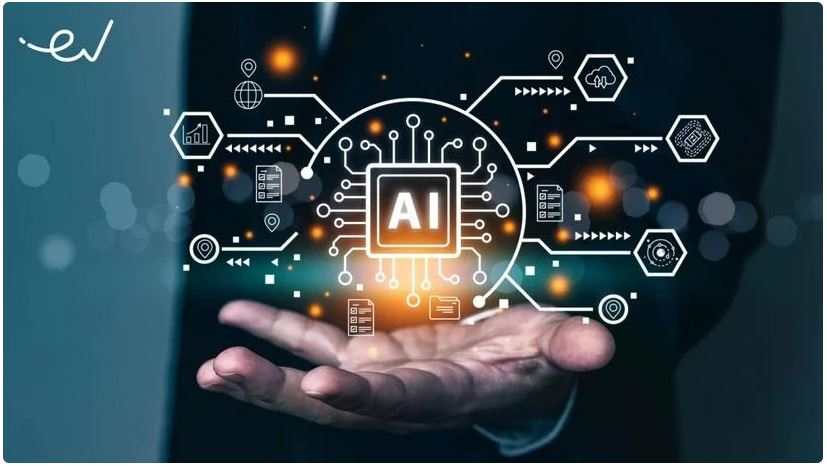 Vietnam harnesses AI to transform public services27/03/2025The Government is accelerating AI application to reduce the paper workload and improve operation efficacy.
Vietnam harnesses AI to transform public services27/03/2025The Government is accelerating AI application to reduce the paper workload and improve operation efficacy. -
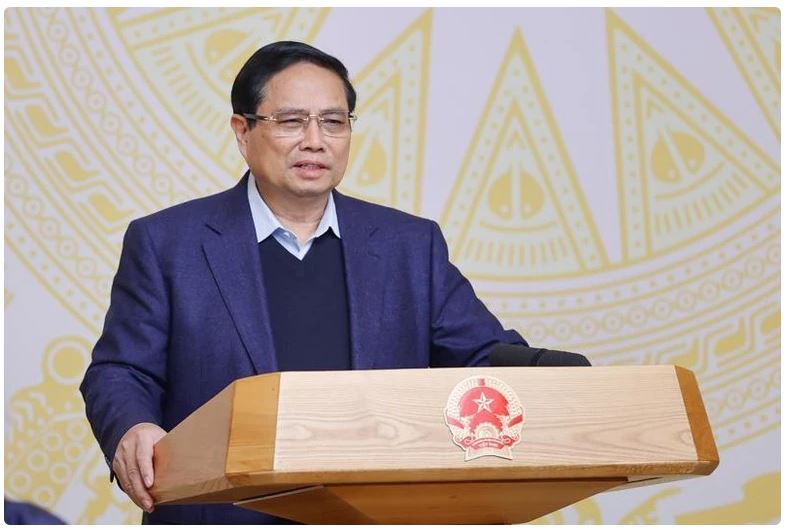 Government steering committee set up to drive Vietnam’s sci-tech, innovation development18/03/2025It is tasked with studying and proposing the Government and the PM national strategies, policies, and solutions for developing science, technology, innovation and digital transformation. Besides, it is in charge of overseeing the implementation of project No. 06 on developing the application of population data, identification, and e-authentication data, as well as administrative reform efforts.
Government steering committee set up to drive Vietnam’s sci-tech, innovation development18/03/2025It is tasked with studying and proposing the Government and the PM national strategies, policies, and solutions for developing science, technology, innovation and digital transformation. Besides, it is in charge of overseeing the implementation of project No. 06 on developing the application of population data, identification, and e-authentication data, as well as administrative reform efforts. -
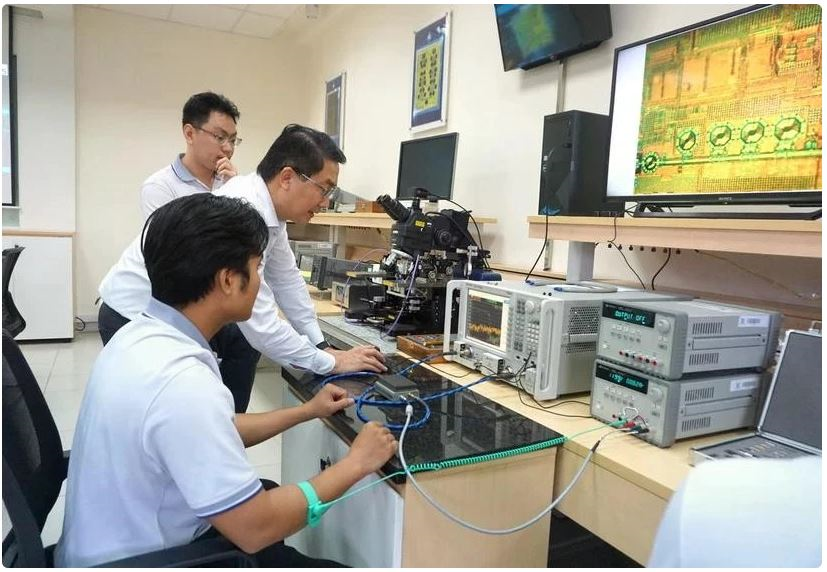 Innovation – breakthrough path for Vietnam’s development: experts10/03/2025Experts in Singapore believe that innovation represents a breakthrough path for Vietnam, which is advancing to the new era - that of the nation's rise.
Innovation – breakthrough path for Vietnam’s development: experts10/03/2025Experts in Singapore believe that innovation represents a breakthrough path for Vietnam, which is advancing to the new era - that of the nation's rise. -
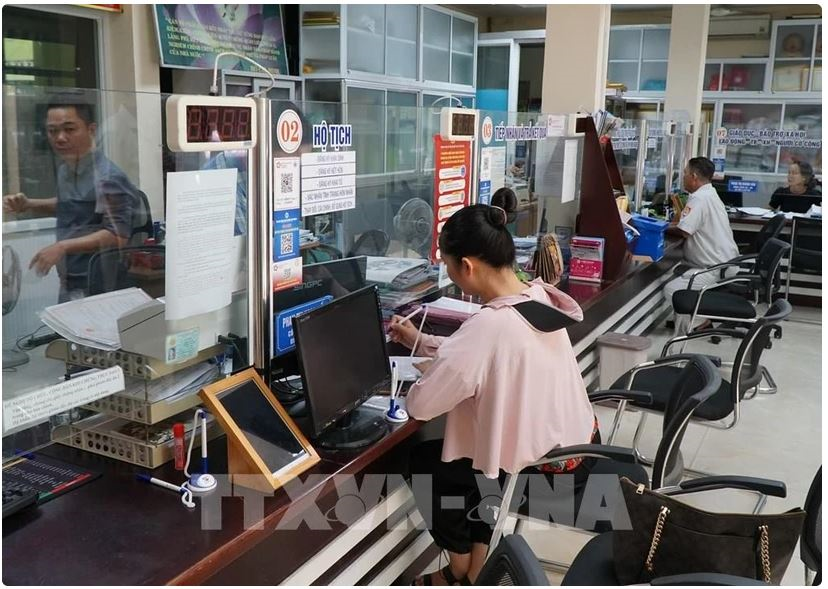 Decisively cutting administrative procedures to facilitate businesses’ operations06/03/2025During a recent working session with representatives of the Party Central Committee’s Commission for Policies and Strategies, Party General Secretary To Lam urged greater efforts to position Vietnam's investment environment among the top three in ASEAN within the next two to three years.
Decisively cutting administrative procedures to facilitate businesses’ operations06/03/2025During a recent working session with representatives of the Party Central Committee’s Commission for Policies and Strategies, Party General Secretary To Lam urged greater efforts to position Vietnam's investment environment among the top three in ASEAN within the next two to three years. -
 Vietnam urged to seize digital transformation opportunities21/02/2025Experts highlighted a young population, the Government's support, and a thriving startup ecosystem are driving the country’s innovation.
Vietnam urged to seize digital transformation opportunities21/02/2025Experts highlighted a young population, the Government's support, and a thriving startup ecosystem are driving the country’s innovation.


